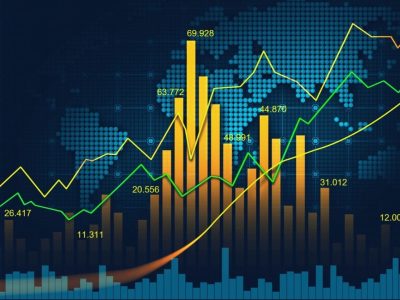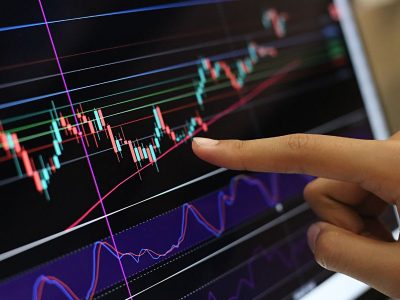If you are looking for a gold trading strategy, then consider ETFs. In the developing financial market, exchange-traded funds (ETFs) are prevalent among investors wanting access to various asset classes. Moreover, Gold ETFs stand out as a popular choice because they provide access to the precious metal without needing physical ownership. As with any investment, effective trading strategies are essential to maximize returns and manage risk.
After considering market dynamics, risk management, and macroeconomic factors, you can explore compelling strategies for trading Gold ETFs on the VSTAR platform’s demo account.
Understanding Gold ETFs
Gold ETFs are investment funds traded on stock exchanges. They provide investors with an easy and cost-effective way to trade the precious metal without physical ownership. Gold ETFs merge ETF diversification benefits with gold’s intrinsic value and historical stability. So, they are an appealing option for the majority of investors.
Trading Strategies
A. Trend Following:
Trend following is a popular strategy that capitalizes on the momentum of price movements. This strategy involves identifying and riding the prevailing trend. Traders using this approach analyze moving averages, technical indicators, and chart patterns to determine the direction of the trend. For instance, a simple moving average crossover strategy involves buying when a long-term is lower than short-term moving average, indicating a potential uptrend.
B. Mean Reversion:
Mean reversion is based on the premise that prices tend to revert to their historical average over time. This strategy involves identifying overbought or oversold conditions and anticipating gold price chart corrections.
Traders utilizing mean reversion may look for deviations from the historical average price and take positions accordingly. However, combining this strategy with a solid understanding of market fundamentals is crucial, as mean reversion may not work well in strong trending markets.
C. Event-Driven Strategies:
Event-driven strategies involve capitalizing on specific events or news that could significantly impact the price of gold. These events could include geopolitical tension, economic data releases, or central bank policy decisions.
Traders employing this strategy closely monitor news sources, economic calendars, and geopolitical developments to anticipate potential price movements. While event-driven strategies can be profitable, they also come with a higher level of risk due to the unpredictability of market reactions to news events.
Risk Management
When trading Gold ETFs, risk management is crucial to protect capital and preserve profit. Some key risk management practices include:
- Position Sizing:Determine the appropriate size of each trade based on the overall portfolio size and risk tolerance. Never allocate significant investing capital to one trade.
- Stop Loss Orders:Implement stop-loss orders to limit potential losses. A stop-loss order triggers a sale when the price reaches a predetermined level, preventing further losses in a declining market.
- Diversification:Spread risk across different assets and strategies to reduce the impact of a single trade’s failure on the overall portfolio.
Macroeconomic Factors
Various macroeconomic factors influence gold prices:
- Interest Rates
- Inflation
- Geopolitical Uncertainty
- Currency Strength
Wrap-up
Whether employing trend following, mean reversion, or event-driven strategies, traders must remain disciplined and adapt their approaches to changing market conditions. By integrating these strategies with effective risk management practices, investors can navigate the complexities of the market and maximize returns while trading Gold ETFs.













Comments